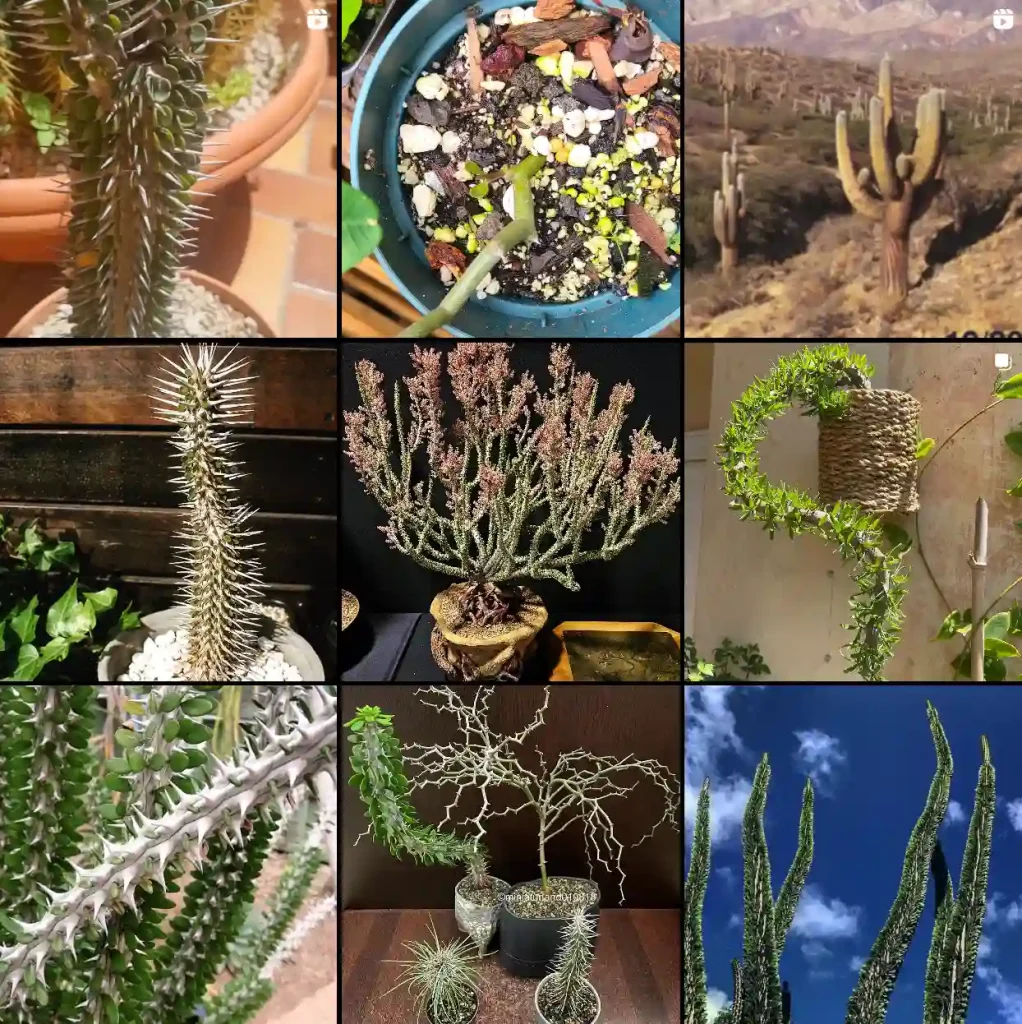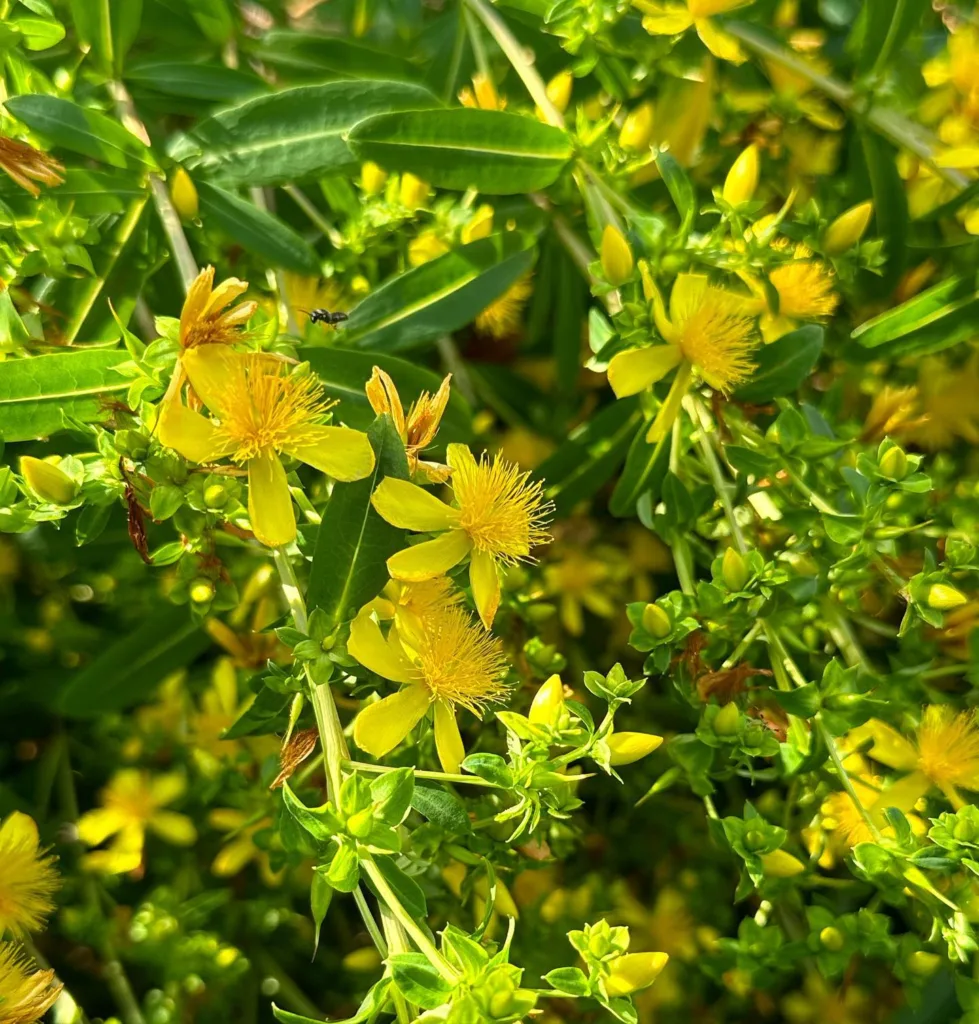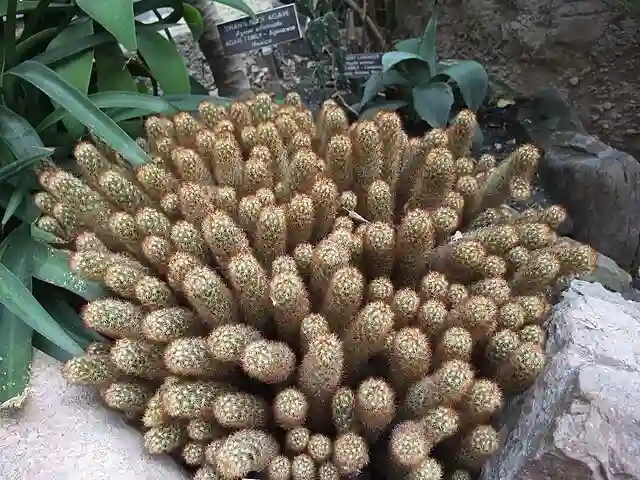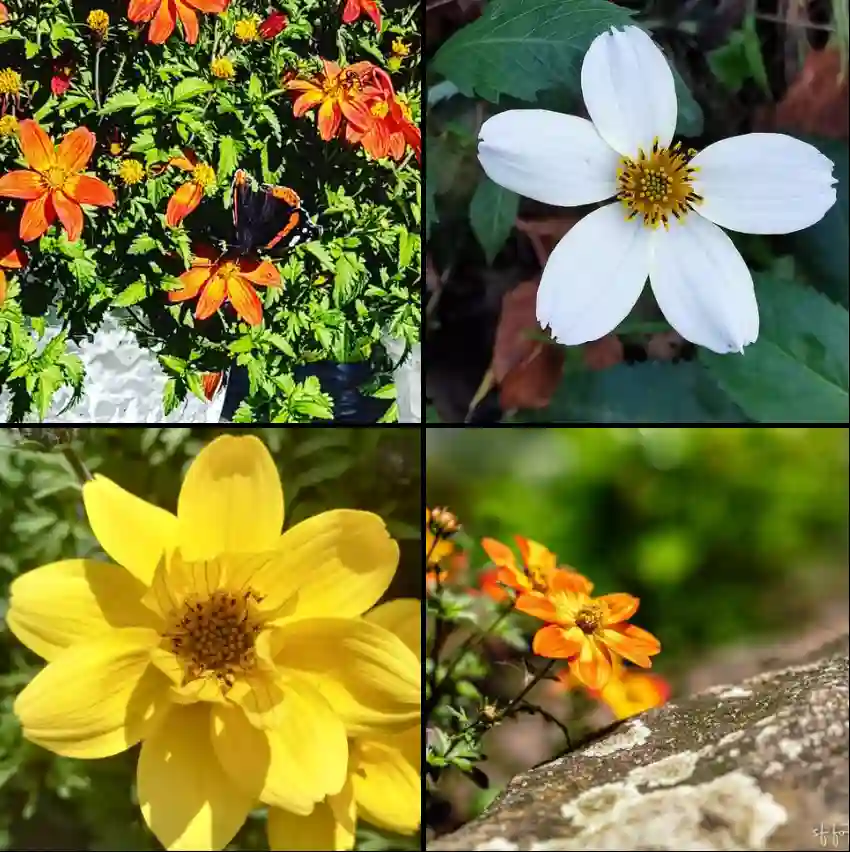
What is kudzu?
Kudzu… that stuff is everywhere in the South! I remember driving through Georgia as a kid, and it was unbelievable how much it had taken over. It looked like a green monster swallowing entire trees and old abandoned buildings. Sometimes it felt like driving through a post-apocalyptic jungle. I always wondered how a plant could possibly grow so fast, and how something so pretty could be so destructive. I understand that it was brought over for decoration and to stop erosion, but it sure turned into a nightmare.
Is kudzu edible?
Honestly, I’ve heard mixed things about eating kudzu. Apparently, some parts of it are edible, like the flowers and the leaves, while other parts are a definite no-go. To be completely frank, the idea of foraging for kudzu to make a salad doesn’t exactly appeal to me. It’s a little too close to that image of it smothering houses and power lines. I’m not really an adventurous eater when it comes to stuff like that, and there are just so many other delicious and safe greens I’d rather eat!
How to get rid of kudzu?
Ugh, dealing with kudzu is a beast, I swear! My parents had a good chunk of their backyard taken over by it a few years back. It started creeping in from the neighbor’s yard, and before you knew it, we had a kudzu war on our hands. We tried mowing, cutting, pulling… it always came back stronger. They even tried smothering it with tarps, but it would find a way to creep out. It wasn’t until we got serious and used a strong herbicide that we finally saw significant progress. Even then, it took several seasons – kudzu is one stubborn plant.
How fast does kudzu grow?
Kudzu grows insanely fast! Seeing it in person is way different than reading about it – it’s like a supercharged plant. I swear, you can practically sit and watch it climb. One time, I visited my aunt in Mississippi, and her backyard fence was being consumed in a matter of days. You’d go out in the morning, and it would be a few feet higher. You could almost hear it growing! It’s honestly a bit scary how quickly it can take over an area.
Do deer eat kudzu?
Yeah, I’ve seen deer munching on kudzu before. Back home, we have a kudzu patch near a wooded area where deer hang out. It’s interesting to watch – they seem to enjoy it, especially the young, tender leaves. That said, I’ve heard kudzu isn’t a preferred food, mainly because it’s so invasive. The deer can eat it, but they won’t be able to keep up with how fast it grows. It’s a little frustrating because it’s a lose-lose: the deer don’t get enough to eat, and the kudzu just keeps on spreading.
Does kudzu die in the winter?
Nope, kudzu is a sneaky little survivor! The cold weather might knock out the viney tops, leaving them looking brown and dead. But don’t be fooled – that’s just its way of hunkering down for winter. The roots are very much alive underground, just waiting for warmer weather to sprout like a green monster reborn. It’s like a bad horror movie – you think you’ve defeated the villain, but then it pops back up for a terrifying sequel. Kudzu might not be scary in the same way, but its relentless persistence is definitely something to be wary of!
Does kudzu have thorns?
Kudzu, thankfully, doesn’t have thorns. Dealing with its rapid growth and smothering vines is already a challenge – I don’t think I could handle the added pain of thorns! While there might be other thorny plants tangled up in a kudzu mess, the kudzu itself is a pretty smooth customer. Of course, I still wouldn’t recommend running through a kudzu patch barehanded. The vines and leaves can be a little rough and irritating, especially since the plant can grow so densely.
Where to buy kudzu?
Honestly, I’m not entirely sure why anyone would want to deliberately buy kudzu, given how invasive it is. If you’re looking to use it for medicinal purposes, I’d recommend opting for kudzu supplements from a reputable health store or online retailer. That way, you get the potential benefits without the risk of introducing an unstoppable plant monster to your backyard. If you absolutely must buy the actual plant, maybe try checking local nurseries, but be prepared for some surprised or even concerned looks, especially if you live in an area already struggling with kudzu!
How to make kudzu jelly?
While I’ve never personally made kudzu jelly, I’ve always been intrigued. It sounds like such a unique flavor – sweet, a little floral, and with a vibrant purple hue. Plus, there’s something fun about turning a nuisance plant into something tasty! I’ve heard the process involves gathering the blossoms, steeping them to make a tea-like base, and then combining it with sugar, pectin, and a bit of lemon juice. However, it’s definitely important to double-check your recipe sources, as some parts of the kudzu plant might not be safe for consumption!
Who brought kudzu to America?
Kudzu was originally brought to America from Japan in the late 1800s. It was a bit of a hit at various exhibitions because of its sweet smell and fast-growing vines. People found it a pretty and interesting ornamental plant. However, around the 1930s it was heavily promoted by the government for erosion control because it spread like wildfire. That’s unfortunately when things took a turn for the worse, and kudzu became the invasive nuisance we know today.
Will bleach kill kudzu?
While bleach might kill some of the above-ground kudzu on contact, it definitely wouldn’t be my go-to method. First of all, that stuff is harsh! I wouldn’t want to risk accidentally harming nearby plants or even the soil itself. Plus, from what I’ve heard, bleach isn’t very effective in the long run. The roots of kudzu run deep, and that’s the real enemy. Plus, using bleach for weed control just doesn’t seem very eco-friendly. There are safer herbicides available that target kudzu specifically, and those seem like a better bet in the kudzu war.
If i die, water my plants!



